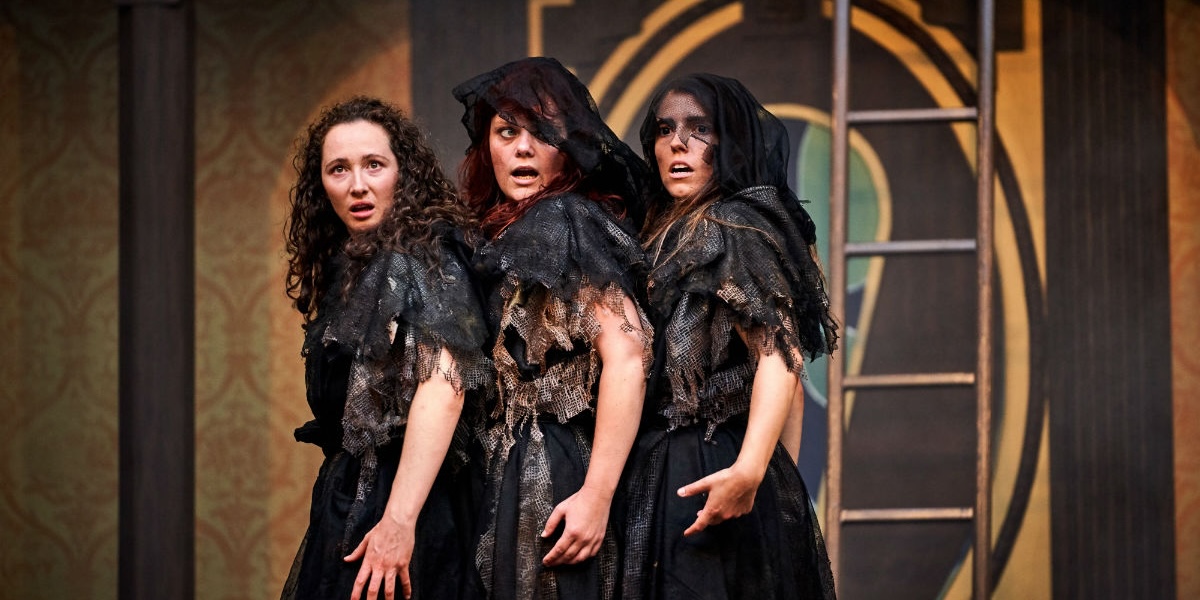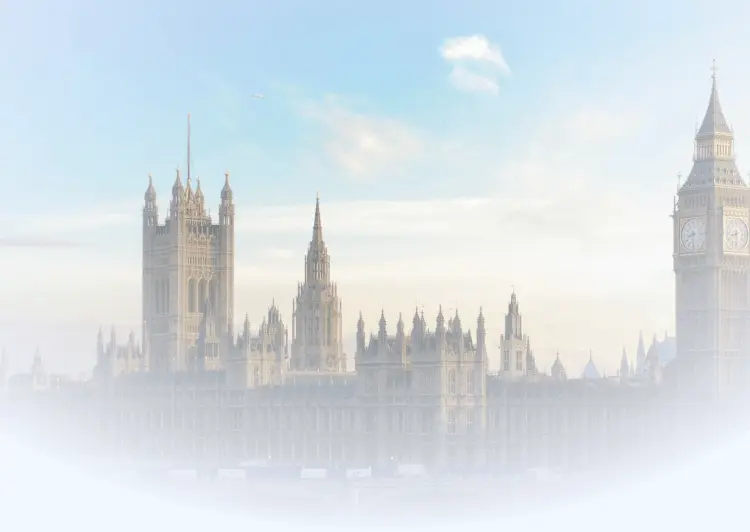Double, bubble, toil and trouble… Yes, this is most definitely the season of witches! Not only are we all gathering our broomsticks, cauldrons and pointy hats for Halloween, but the much-anticipated musical sequel Wicked: For Good is about to fly into cinemas. Cynthia Erivo and Ariana Grande are back for the darker, more emotional second half of this epic tale.
Witches are also thriving on the London stage, whether in plays or musicals, new work or exciting revivals – all featuring an element of black magic. Learn more about the history of witches in theatre and all the wickedly brilliant shows that you can book for now.
The earliest witches
Elphaba is far from the first sorceress to tread the boards: there is a long and fascinating history of witches appearing in theatre. William Shakespeare is probably the earliest playwright to give witches a significant role in a show: his blood-chilling tragedy Macbeth, written in around 1606.
Drawing on Holinshed’s historical Chronicles, as well as various myths and folklores, Shakespeare created the unforgettable trio of “weird sisters” who set the entire story in motion. These fiendish prophets tell Macbeth that he will be king, and Macbeth subsequently decides to murder King Duncan and usurp the throne.
Macbeth establishes the template for how witches were frequently depicted on stage: these wild, eerie, supernatural figures who gather around a cauldron to mutter incantations and add hideous ingredients to their bubbling mixture (think toad, eye of newt, and poisoned entrails). They are powerful forces outside of the established society – and not to be trusted.
That depiction might well have been influenced by the anti-witchcraft laws passed in Shakespeare’s time by King James, and the resurgence of witch trials. If the monarch believes that witches are a real and present threat, it’s politic for playwrights to reflect that view.

Witches in theatre
We have seen a wide variety of witches in theatre since Macbeth, including some more nuanced versions than those mysterious, malevolent sisters. The most notable corrective is Arthur Miller’s The Crucible, which explores the very hysteria around witch trials which Shakespeare was likely responding to in his play.
Miller’s drama, which is itself an analogy for McCarthyism in 1950s America, recalls the Salem witch trials of the 1690s. A group of girls, including Abigail Williams – who was fired from her job as a servant after she had an affair with her boss, farmer John Proctor – accuse several townsfolk of being witches after suspicion falls on them. Their Puritan colony is soon gripped by paranoia, grief, rage and fear. Witches are not the enemy: we are.
Witches have been reclaimed on stage as characters too. Elphaba is the prime example: instead of the cackling baddie of The Wizard of Oz, she is shown sympathetically as an outsider who experiences unfair prejudice because of her green skin, and who is vilified by an authoritarian regime. Musical Wicked completely changes our idea of who a witch can be – even if she does still have a black hat and flying broomstick.
As for the Witch in Stephen Sondheim’s musical Into the Woods, she isn’t quite so innocent, but nor is she purely evil. Roald Dahl took a dark view of sorcery in his children’s book The Witches, however the fantastic musical version at the National Theatre at least gave the titular characters a chance to have their say – particularly the resplendent Grand High Witch, gloriously played, and sung, by Katherine Kingsley.
Meanwhile hit West End play Harry Potter and the Cursed Child is simply teeming with witches (and wizards!), including the truly heroic Hermione Granger. This grown-up version of Harry’s best friend is now Minister of Magic, and she is once again instrumental in saving the world from dark forces.
Check out some of the spellbinding witches that you can see on the London stage.







